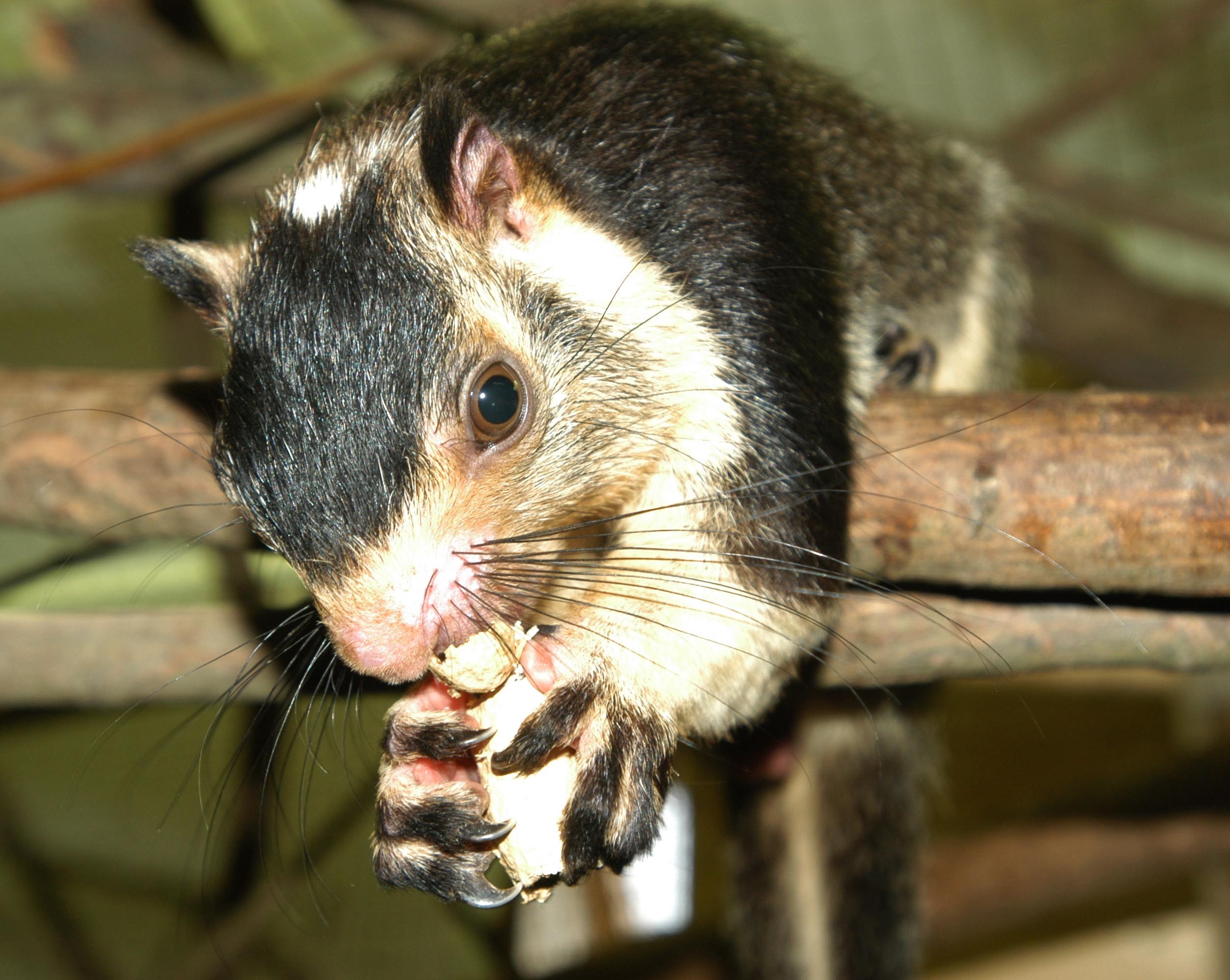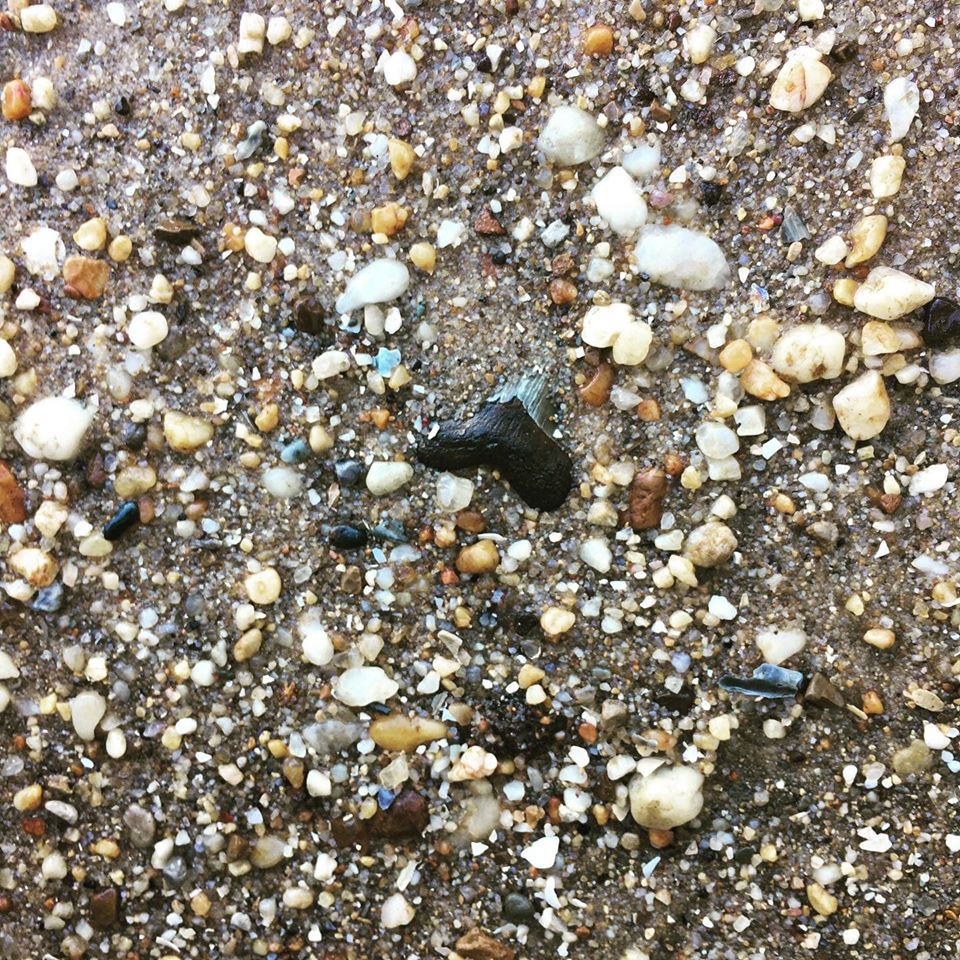|
Hadrodelphis
''Hadrodelphis'' is an extinct genus of dolphin once assigned to the paraphyletic/polyphyletic family Kentriodontidae. Remains have been found in the middle Miocene (Langhian) Calvert Formation of United States. Taxonomy ''Harodelphis'' is similar to '' Macrokentriodon'' in its larger size and its large tooth diameter.S. D. Dawson. 1996. A description of the skull and postcrania of Hadrodelphis calvertense Kellog 1966, and its position within the Kentriodontidae (Cetacea; Delphinoidea). Journal of Vertebrate Paleontology 16(1):125-134. Despite being traditionally assigned to Kentriodontidae, recent cladistic analyses have recovered it along with ''Macrokentriodon'' in a clade with '' Kampholophos'' as sister to crown Delphinida and more derived than ''Kentriodon ''Kentriodon'' is an extinct genus of toothed whale related to modern-day dolphins. Fossils have been found in North America, Europe and Japan. Several species have been described. Description ''Kentriodon'' was t ... [...More Info...] [...Related Items...] OR: [Wikipedia] [Google] [Baidu] |
Macrokentriodon
''Macrokentriodon'' is an extinct genus of giant dolphin once assigned to the paraphyletic/polyphyletic family Kentriodontidae. Remains have been found in the late Miocene (Serravallian) Choptank Formation of United States. ''Macrokentriodon'' is similar to ''Hadrodelphis'' in its larger size and its large tooth diameter. Despite being traditionally assigned to Kentriodontidae, recent cladistic analyses have recovered it along with ''Hadrodelphis'' in a clade with '' Kampholophos'' as sister to crown Delphinida and more derived than ''Kentriodon ''Kentriodon'' is an extinct genus of toothed whale related to modern-day dolphins. Fossils have been found in North America, Europe and Japan. Several species have been described. Description ''Kentriodon'' was the most diverse of all the ...'' and '' Rudicetus''.Post K, Louwye S, Lambert O. (2017) Scaldiporia vandokkumi, a new pontoporiid (Mammalia, Cetacea, Odontoceti) from the Late Miocene to earliest Pliocene of the Wester ... [...More Info...] [...Related Items...] OR: [Wikipedia] [Google] [Baidu] |
Kentriodontidae
Kentriodontidae is an extinct family of odontocete whales related to modern dolphins. The Kentriodontidae lived from the Oligocene to the Pliocene before going extinct. Taxonomy Kentriodontids have been variously divided into three or four subfamilies: Kampholophinae, Kentriodontinae, Lophocetinae, and Pithanodelphinae. However, recent cladistic studies have recovered Kentriodontidae as paraphyletic.Pyenson ND Vélez-Juarbe J Gutstein CS Little H Vigil D O’Dea A . 2015. Isthminia panamensis, a new fossil inioid (Mammalia, Cetacea) from the Chagres Formation of Panama and the evolution of ‘river dolphins’ in the Americas. PeerJ 3: e1227.O. Lambert, G. Bianucci, M. Urbina and J. H. Geisler. 2017. A new inioid (Cetacea, Odontoceti, Delphinida) from the Miocene of Peru and the origin of modern dolphin and porpoise families. Zoological Journal of the Linnean Society 179:919-946. For instance, ''"Lophocetus" pappus'' may be a close relative of Lipotidae, '' "Delphinodon" divi ... [...More Info...] [...Related Items...] OR: [Wikipedia] [Google] [Baidu] |
Middle Miocene
The Middle Miocene is a sub-epoch of the Miocene Epoch made up of two stages: the Langhian and Serravallian stages. The Middle Miocene is preceded by the Early Miocene The Early Miocene (also known as Lower Miocene) is a sub-epoch of the Miocene Epoch made up of two stages: the Aquitanian and Burdigalian stages. The sub-epoch lasted from 23.03 ± 0.05 Ma to 15.97 ± 0.05 Ma (million years ago). It was p .... The sub-epoch lasted from 15.97 ± 0.05 Ma to 11.608 ± 0.005 Ma (million years ago). During this period, a sharp drop in global temperatures took place. This event is known as the Middle Miocene Climate Transition. For the purpose of establishing European Land Mammal Ages this sub-epoch is equivalent to the Astaracian age. External links GeoWhen Database - Middle Miocene .02 02 * * {{geochronology-stub ... [...More Info...] [...Related Items...] OR: [Wikipedia] [Google] [Baidu] |
Extinct
Extinction is the termination of a kind of organism or of a group of kinds ( taxon), usually a species. The moment of extinction is generally considered to be the death of the last individual of the species, although the capacity to breed and recover may have been lost before this point. Because a species' potential range may be very large, determining this moment is difficult, and is usually done retrospectively. This difficulty leads to phenomena such as Lazarus taxa, where a species presumed extinct abruptly "reappears" (typically in the fossil record) after a period of apparent absence. More than 99% of all species that ever lived on Earth, amounting to over five billion species, are estimated to have died out. It is estimated that there are currently around 8.7 million species of eukaryote globally, and possibly many times more if microorganisms, like bacteria, are included. Notable extinct animal species include non-avian dinosaurs, saber-toothed cats, dod ... [...More Info...] [...Related Items...] OR: [Wikipedia] [Google] [Baidu] |
Genus
Genus ( plural genera ) is a taxonomic rank used in the biological classification of living and fossil organisms as well as viruses. In the hierarchy of biological classification, genus comes above species and below family. In binomial nomenclature, the genus name forms the first part of the binomial species name for each species within the genus. :E.g. '' Panthera leo'' (lion) and '' Panthera onca'' (jaguar) are two species within the genus ''Panthera''. ''Panthera'' is a genus within the family Felidae. The composition of a genus is determined by taxonomists. The standards for genus classification are not strictly codified, so different authorities often produce different classifications for genera. There are some general practices used, however, including the idea that a newly defined genus should fulfill these three criteria to be descriptively useful: # monophyly – all descendants of an ancestral taxon are grouped together (i.e. phylogenetic analysis should c ... [...More Info...] [...Related Items...] OR: [Wikipedia] [Google] [Baidu] |
Dolphin
A dolphin is an aquatic mammal within the infraorder Cetacea. Dolphin species belong to the families Delphinidae (the oceanic dolphins), Platanistidae (the Indian river dolphins), Iniidae (the New World river dolphins), Pontoporiidae (the brackish dolphins), and the extinct Lipotidae (baiji or Chinese river dolphin). There are 40 extant species named as dolphins. Dolphins range in size from the and Maui's dolphin to the and orca. Various species of dolphins exhibit sexual dimorphism where the males are larger than females. They have streamlined bodies and two limbs that are modified into flippers. Though not quite as flexible as seals, some dolphins can briefly travel at speeds of per hour or leap about . Dolphins use their conical teeth to capture fast-moving prey. They have well-developed hearing which is adapted for both air and water. It is so well developed that some can survive even if they are blind. Some species are well adapted for diving to great de ... [...More Info...] [...Related Items...] OR: [Wikipedia] [Google] [Baidu] |
Miocene
The Miocene ( ) is the first geological epoch of the Neogene Period and extends from about (Ma). The Miocene was named by Scottish geologist Charles Lyell; the name comes from the Greek words (', "less") and (', "new") and means "less recent" because it has 18% fewer modern marine invertebrates than the Pliocene has. The Miocene is preceded by the Oligocene and is followed by the Pliocene. As Earth went from the Oligocene through the Miocene and into the Pliocene, the climate slowly cooled towards a series of ice ages. The Miocene boundaries are not marked by a single distinct global event but consist rather of regionally defined boundaries between the warmer Oligocene and the cooler Pliocene Epoch. During the Early Miocene, the Arabian Peninsula collided with Eurasia, severing the connection between the Mediterranean and Indian Ocean, and allowing a faunal interchange to occur between Eurasia and Africa, including the dispersal of proboscideans into Eurasia. During the la ... [...More Info...] [...Related Items...] OR: [Wikipedia] [Google] [Baidu] |
Langhian
The Langhian is, in the ICS geologic timescale, an age or stage in the middle Miocene Epoch/ Series. It spans the time between 15.97 ± 0.05 Ma and 13.65 ± 0.05 Ma (million years ago) during the Middle Miocene.GeoWhen (2007) The Langhian was a continuing warming period defined by Lorenzo Pareto in 1865, it was originally established in the Langhe area north of Ceva in northern Italy, hence the name. The Langhian is preceded by the Burdigalian and followed by the Serravallian Stage. Stratigraphic definition The base of the Langhian is defined by the first appearance of foraminifer species ''Praeorbulina glomerosa'' and is also coeval with the top of magnetic chronozone C5Cn.1n. A GSSP for the Langhian Stage was not yet established in 2009. The top of the Langhian Stage (the base of the Serravallian Stage) is at the first occurrence of fossils of the nanoplankton species ''Sphenolithus heteromorphus'' and is located in magnetic chronozone C5ABr. The Langhian is coeval wit ... [...More Info...] [...Related Items...] OR: [Wikipedia] [Google] [Baidu] |
Calvert Formation
The Calvert Formation is a geologic formation in Maryland, Virginia, and Delaware. It preserves fossils dating back to the early to middle Miocene epoch of the Neogene period. The formation is a destination for amateur fossil hunters as well as professional paleontologists. It is one of the three formations which make up the Calvert Cliffs, all of which are part of the Chesapeake Group. Fossils The Calvert Formation is extremely fossiliferous. Some of the fossil species represented include the following: Sharks * '' Otodus megalodon'' * '' Otodus chubutensis'' * '' Carcharodon hastalis'' * '' Isurus oxyrhincus'' * ''Physogaleus contortus'' * '' Physogaleus hemmooriensis'' * '' Galeocerdo aduncus'' * ''Carcharhinus'' * '' Hemipristis serra'' * '' Squatina sp.'' * ''Squalus sp.'' * '' Echinorhinus blakei'' * '' Notorhyncus cepedianus'' * '' Hexanchus gigas'' * ''Carcharias'' * '' Carcharoides catticus'' * ''Isurus retroflexus'' * '' Parotodus benedeni'' * '' Alopias vulpinu ... [...More Info...] [...Related Items...] OR: [Wikipedia] [Google] [Baidu] |
United States
The United States of America (U.S.A. or USA), commonly known as the United States (U.S. or US) or America, is a country primarily located in North America. It consists of 50 U.S. state, states, a Washington, D.C., federal district, five major unincorporated territories, nine United States Minor Outlying Islands, Minor Outlying Islands, and 326 Indian reservations. The United States is also in Compact of Free Association, free association with three Oceania, Pacific Island Sovereign state, sovereign states: the Federated States of Micronesia, the Marshall Islands, and the Palau, Republic of Palau. It is the world's List of countries and dependencies by area, third-largest country by both land and total area. It shares land borders Canada–United States border, with Canada to its north and Mexico–United States border, with Mexico to its south and has maritime borders with the Bahamas, Cuba, Russia, and other nations. With a population of over 333 million, it is the List of ... [...More Info...] [...Related Items...] OR: [Wikipedia] [Google] [Baidu] |
Kentriodon
''Kentriodon'' is an extinct genus of toothed whale related to modern-day dolphins. Fossils have been found in North America, Europe and Japan. Several species have been described. Description ''Kentriodon'' was the most diverse of all the kentriodontids, which are represented by seventeen described genera. These were small to medium-sized odontocetes with largely symmetrical skulls, and thought likely to include ancestors of some modern species. ''Kentriodon'' is also the oldest described kentriodontid genus, reported from the Late Oligocene to the Middle Miocene. Kentriodontines ate small fish and other nectonic organisms; they are thought to have been active echolocators, and might have formed pods. The diversity, morphology and distribution of fossils appear parallel to some modern species. Species * ''Kentriodon pernix'' Kellogg, 1927 (type Type may refer to: Science and technology Computing * Typing, producing text via a keyboard, typewriter, etc. * Data type, co ... [...More Info...] [...Related Items...] OR: [Wikipedia] [Google] [Baidu] |
.jpg)





